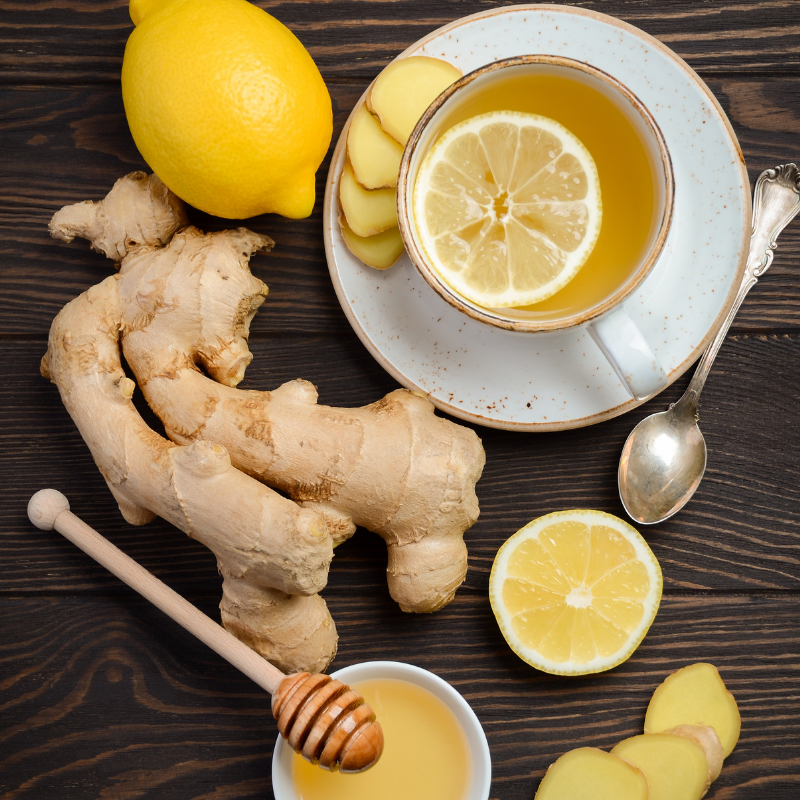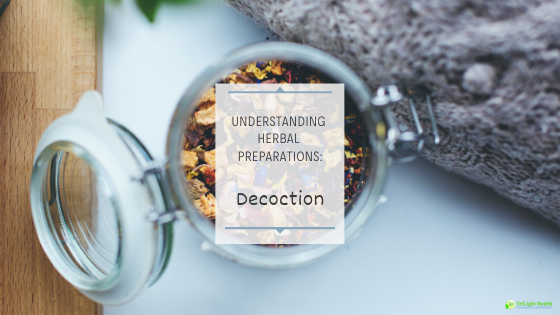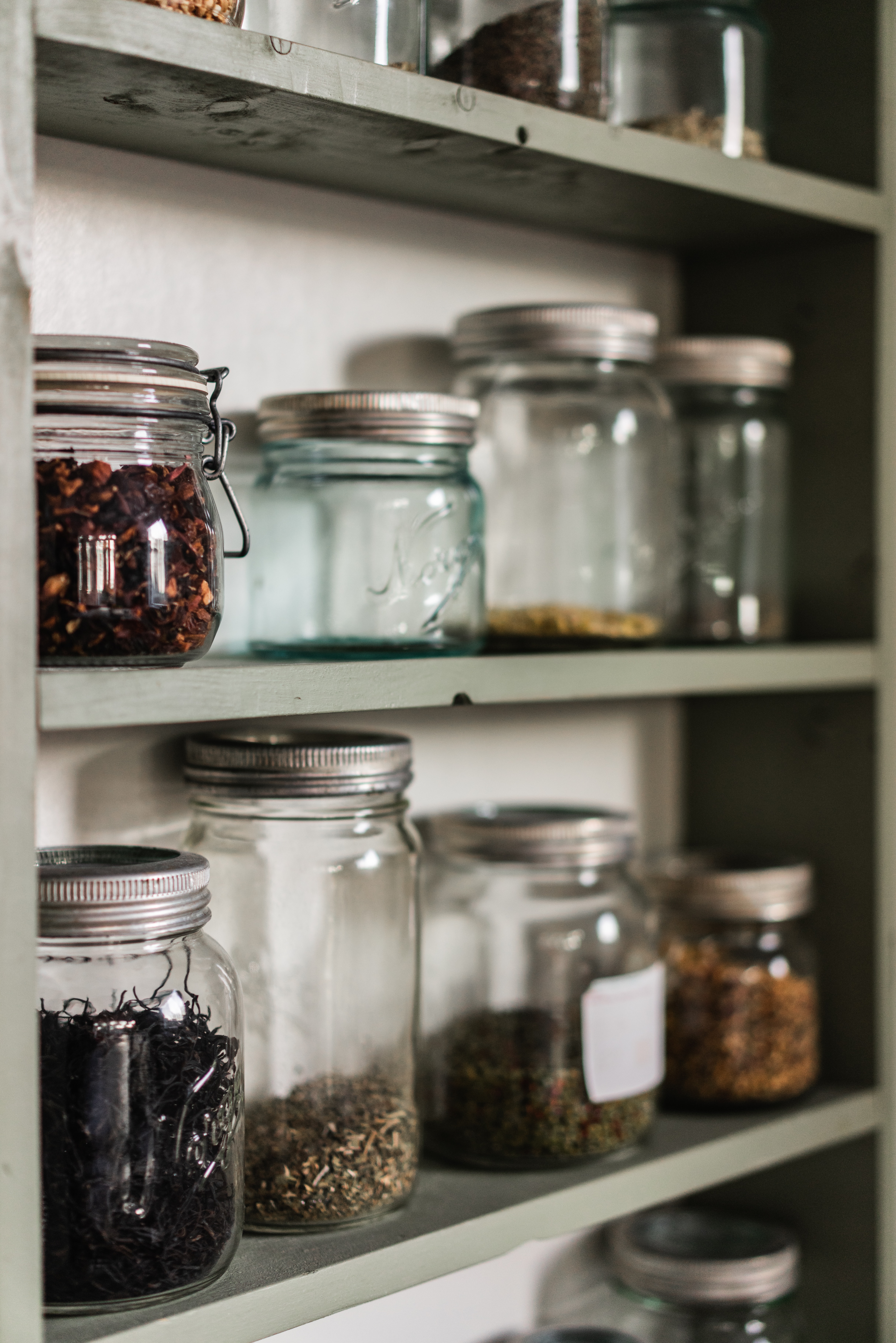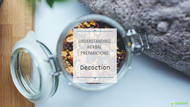Understanding Herbal Preparations- Decoctions
Posted by TriLight Health on Jul 11th 2019
A few weeks ago, we discussed what an herbal infusion is. An infusion is one way to prepare herbs for consumption, most commonly as a drink. Another method, decoction, is also used by herbalists to prepare herbs.

Herbal infusions and decoctions are often mistaken for herbal tea. This is not quite accurate. A tea is brewed for a short time, under 5 minutes. Infusions and decoctions will be prepared for a much longer period. The preparation time can range from 15 minutes to overnight. The longer preparation time allows more nutrients to be extracted from the herbs. It also provides higher vitamin content, increased absorbability, and richer flavor. An infusion is slightly more work than a decoction, but no harder than making your morning cup of coffee.
What is an Herbal Decotion?
Herbal decoctions are traditionally made by boiling herbs in water or another liquid. Whereas infusions can be made with hot or cold water, decotions are always made with boiling. A decoction is made from herbs that are tougher or more fibrous than those used for an infusion. Roots, seeds, fruit, rhizomes, and bark are prepared through decoction. This method allows nutrients to be more effectively extracted from the herbs themselves.
Generally speaking, a decoction is much stronger in flavor than an infusion. This is partly due to the herbs used, and partly to the process itself. More often than not, infusions are treated as a tonic while a decoction is usually chosen for an acute. There are always exceptions to these, of course.

How to make an Herbal Decotion
Preparing an herbal decoction is quite easy. The only tools needed are herbs, a pot, and a strainer.
The instructions below are for a basic decoction.
First, select the herbs you want to use. You may use a pre-made blend or purchase your own herbs and make a custom blend. Blending herbal teas is relaxing, educational, and fun- give it a try. Whole herbs and loose-leaf teas can be purchased from many health food stores, local herbal apothecaries, or online. If your health food store has bulk bins, check there for herbs and teas- they’re usually much less expensive.
Note- Some people prefer to grind or crush their herbs before making a decoction.

Next, place 1t -1T herbs to 1 C cold water into a pot.
Note- Herbalists sometimes use as a much a 3T per cup of water. Research the specific herbs to find out what's suggested, or start with less and increase as desired. Fresh herbs generally need more than dried herbs.
Then, slowly bring to a gentle simmer. Lightly simmer at least 20 minutes, up to 40
Last, strain herbs and cool to the desired temperature.
Note- These same herbs can be reused several times until they lose flavor. Many people even have a dedicated pot and keep their herbs in it from day to day.
Make sure any leftover tea is refrigerated within 24 hours and discarded after 36 hours.
How is a Decotion Used?
An herbal decoction can be used as a drink or in several other ways, such as:
- Herbal syrups
- Nourishing drink
- Popsicles
- Mixed in with broth
- Meditation
- Homemade gummies
- Simmer pot
- As an extra boost during times of illness
- Immune strengthening/ support
What if my herbal blend contains hard and soft materials?
If we infuse soft herbs and make a decoction with hard ones, what do we do when we want to drink both in one drink? There are several schools of thought on this. The preferred method is to first create a decoction with the hard materials, then add the soft materials after the water has cooled. If the herbs are already mixed in a pre-made blend, the most common suggestion is to stick with a long infusion. The infusion won't extract as many benefits from the hard herbs as a decoction would, but it won't damage the soft herbs like a decoction might. A little bit of research on each herb will also help you learn the best way to prepare them.





